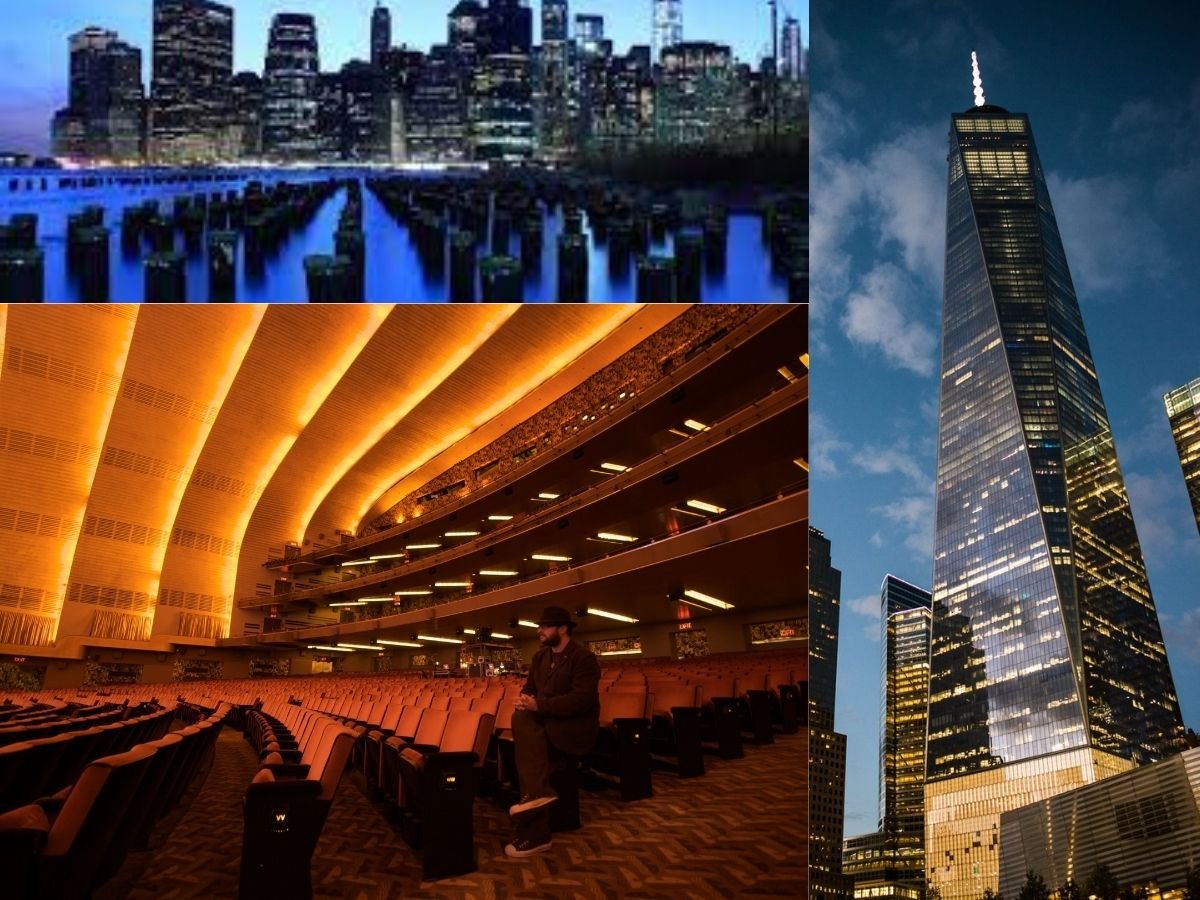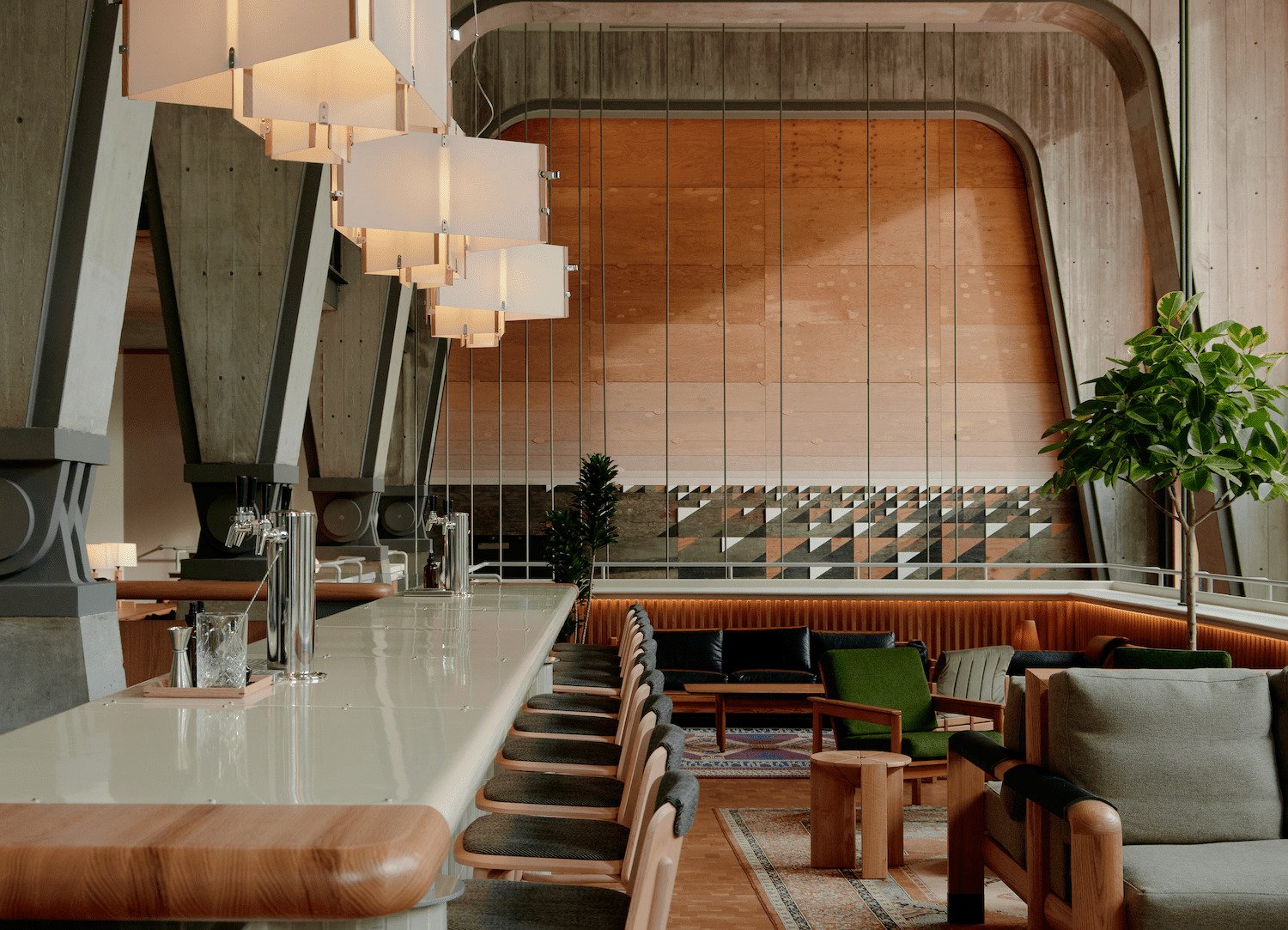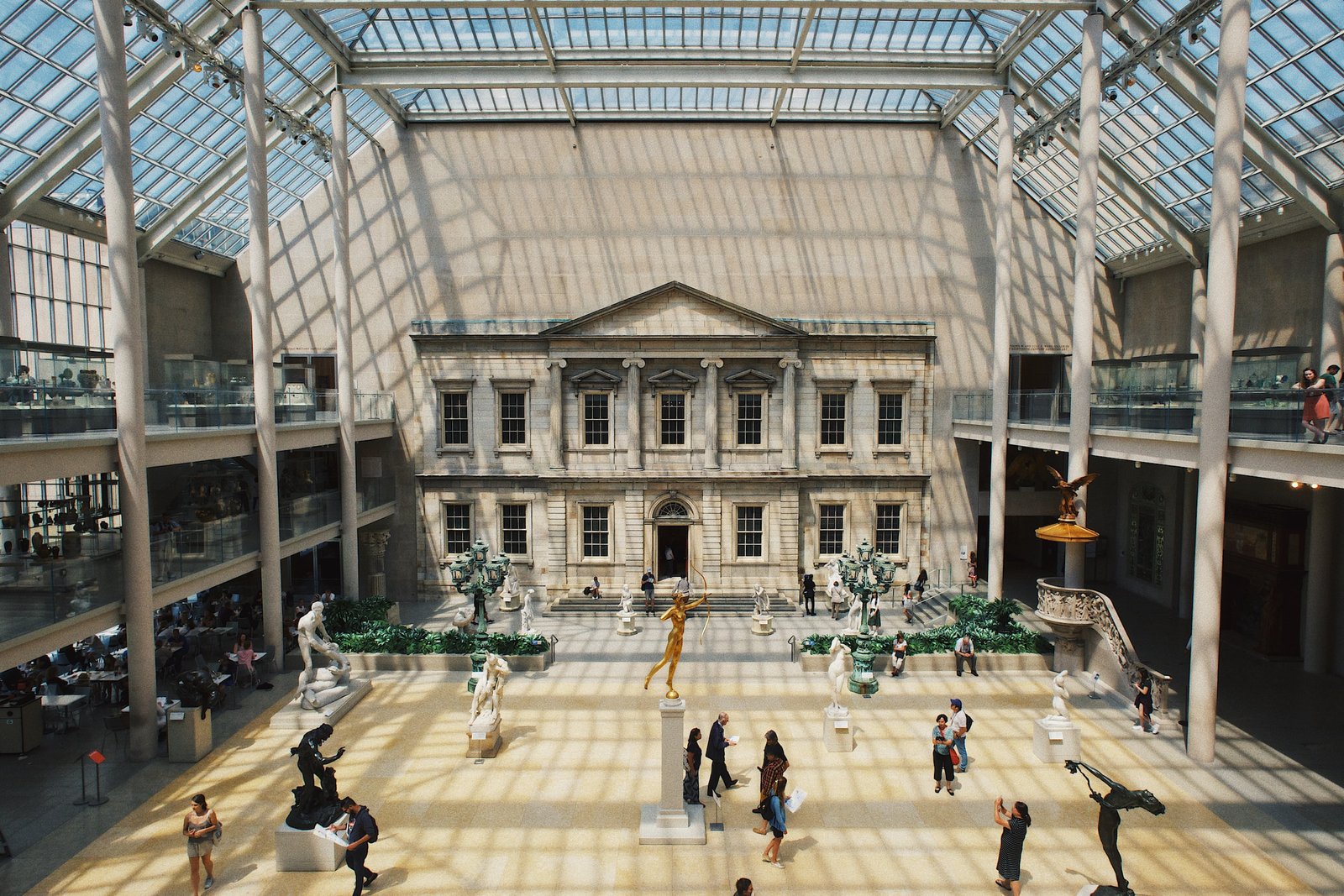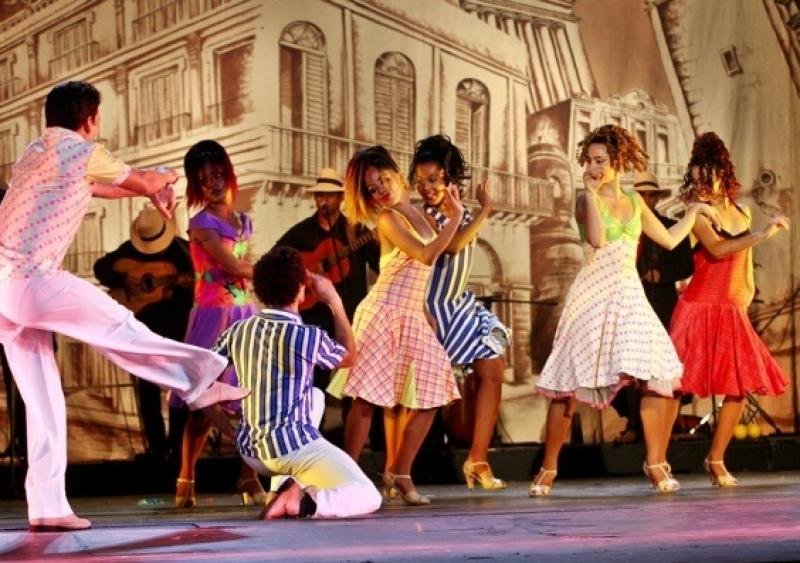The gilded age is one of those terms that evoke images of extreme wealth and privilege. In New York City, it came to refer specifically to the period from 1870 to 1900, a time when a booming economy encouraged an ever-widening gap between the rich and the poor. Mansions were built on Fifth Avenue for millionaires who had made their fortunes with steel, railroads, and finance. But the era’s grandeur is most remembered for its excess. As one guidebook of the time proclaimed, “Mammon rules a maniac world.”
With HBO premiering a show based on the period, it’s a great time for gilded age enthusiasts to check out some of the locations around New York City that were made famous during what was called at the time “the Great Barbecue.”
Some of these spots are still around today. Others lasted only a short while before disappearing from history, but remain firmly in the memories of New Yorkers. The guide also includes a few bars and restaurants that are not historical landmarks but were included in the series simply because they offer a great spot for viewing this unique period.
Top 10 Places that Resemble the Gilded Age in NYC
1. The Plaza

The hotel opened to the public in 1907, but it had a much different appearance in its earlier days. The site was home to an office building for one of New York’s most important financial moguls, William Waldorf Astor (who also built the Astoria Hotel.) For that reason, when construction of this new hotel began on his property he ordered that as much as possible of his former building be incorporated into the new one.
The hotel comprises everything from the gilded age that was torn out of the original Waldorf, including brass fixtures, black marble walls, pillars, and floors. The property itself is still owned by the Astor family through various trusts.
Click here to check availability and prices
2. Ukrainian Institue of America

The breathtaking mansion with a golden dome at 2 East 79th Street was built for society architect Charles Pierrepont Henry Gilbert in 1897. It served as a residence until the early 1920s, but remained a cultural hub after that, hosting performances and even being used as a dance school during World War II.
The mansion with gilded age resemblance holds possession of a winged monster on the chimney. Moreover, the entrance railings are decorated with dolphins.
Click here to check availability and plan a visit
3. St.Regis New York

Located in Midtown Manhattan on 5th Avenue, the St. Regis New York was completed in 1904 and has been used as a residence ever since by many famous personalities, including John Jacob Astor IV, Salvador Dali with his wife and pet ocelot.
The hotel comprises 238 rooms decorated in grand style offering amenities like butler services for all amenities and needs. The special gilded menu with special access in the hotel’s restaurant as well as the fitness center and spa; it has a pool on the 8th floor, with an amazing view of Manhattan,
Click here to check availability and price.
4. Judson Memorial Church

Edward Judson who was a minister of the Baptist Church founded the church in 1890. Among the buildings, attractive architectural features include gilded age stained glass and old-world religious artifacts. Also, arts, poets, and dances of the avant-garde shows are still performed regularly there. In addition, the church has long been associated with the arts.
Click here to register for tickets
5. Cooper Hewitt, Smithsonian Design Museum

Located in the landmarked Andrew Carnegie, the mansion with 64 rooms was built from 1899-1902, designed by the architectural firm of Babb, Cook & Willard in the style of a Georgian country house.
Cooper Hewitt purchases the land back in 1898, so he purposely bought property far north of where his peers were living. Because it was such an open area at the time, Carnegie was able to build a large garden one of the few private enclosed green spaces in Manhattan.
Today it is open to visitors to enjoy the gilded age artwork, which is hosted in a charming building that provides an elegant setting for viewing.
Click here for tickets.
6. The Frick Collection

The collections run back to the gilded age of centuries between the 14th and 19th, but the mansion was built in 1913 for Henry Clay Frick. In his will, he bequeathed his house and his collection of European paintings to the public.
The Frick Collection is on 5th Avenue in New York, just south of Central Park. As a museum, it displays a fine collection of paintings and furniture. It’s also one of the only museums in Manhattan with no admission fee!
Click here for tickets
7. Grand Army Plaza
This renovated crossroads at the main entrance of Brooklyn’s Prospect Park is anchored by the Soldiers’ and Sailors’ Memorial Arch, which was originally completed in 1892 and features reliefs of presidents Abraham Lincoln and Ulysses S. Grant. Park designer Calvert Vaux (1824–1895) said it was vital to the design of the park a century ago, NYC Parks says.
Click here for tickets.
8. Metropolitan Club New York
The Metropolitan Club was one of many exclusive clubs for wealthy titans of Wall Street and super powerful industry kings (men only). After it was formed in 1891 with J.P. Morgan as its president, it built a gleaming mansion designed by Stanford White along Millionaire’s Row in 1893 which housed the immaculate marble structure that is still standing today. It remains open to this day but women are now allowed to become members.
Click here for reservations.
9. Park Avenue Armory
In 1881, the Seventh Regiment was started in a building that was built to look like a medieval castle. The purpose of the Seventh Regiment was to defend against riots and protests. Today, this building is home to some of New York’s most talented artists and designers such as Louis Comfort Tiffany and the Herter Brothers who have created an amazing castle-like exhibit space where art lovers can enjoy seeing their exhibitions. This NYC landmark still contains 16 rooms decorated by these master artists and designers.
Click here for tickets.
10. The Brooklyn Bridge
As one of the world’s longest suspension bridges, it was initially designed by engineer John Roebling in 1869. After experiencing several setbacks, like being struck by a ferry and having his foot crushed by a bucket wheel dredge in 1872, Roebling died as a result of tetanus poisoning from an infection caused by the significant injuries he sustained from both incidents. Today, this bridge is often overlooked for newer options nearby.
Click here for tickets.
Conclusion
The gilded age is an amazing era that now it’s worth rediscovering in these hotels and places. There are real castles that will make you feel like a queen or king for at least a day.
The Waldorf Astoria New York, Ukrainian Institute of America, St. Regis New York, Judson Memorial Church, Cooper Hewitt Smithsonian Design Museum, and The Frick Collection are the places that will give you an unforgettable experience in your life.
No matter what is your favorite period in history – gilded age or another – you will be fascinated by these hotels ‘ interiors. They are worth seeing.
Read More on 6 Best Stores for Outdoor Gear in NYC








































